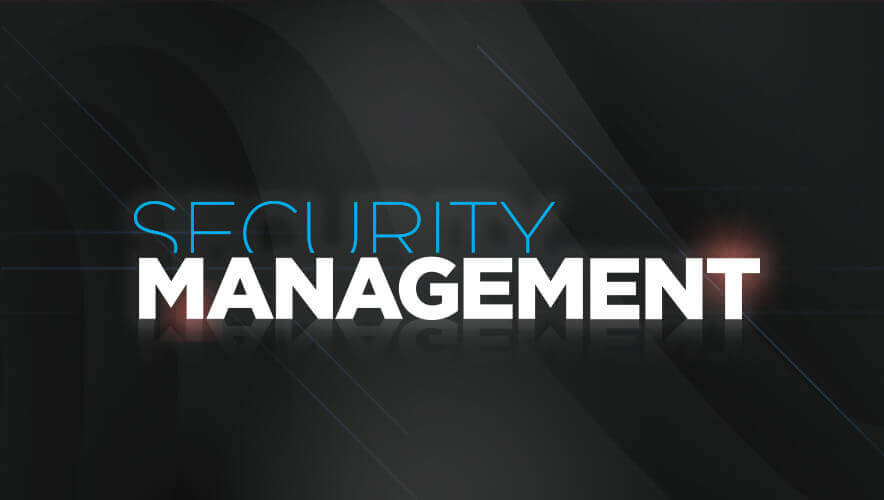Toy Weapons Under Fire
In late October of last year, a toy gun that was part of a congressional aide’s Halloween costume triggered a scare that shut down the Cannon House Office Building, sealed off underground corridors, and sent Capitol Police and SWAT teams combing the hallways in search of a terrorist. This was just the latest of many cases in which fake weapons or jokes about weapons have led to scares or tragic results.
Last March, for example, Cleveland’s Hopkins International Airport was locked down for 40 minutes when a toy gun was found on a child’s belt buckle in carry-on baggage; a toy gun found in the Charlotte, North Carolina, airport in 2000 closed down a terminal for two hours during the Thanksgiving travel season.
For screeners, identifying fake weapons can be as important as finding the real thing. According to terrorism expert and former U.S. intelligent agent Louis Mizell, at least 20 hijackings have been pulled off with fake grenades, guns, and other weapons.
Mizell is concerned that these incidents, and security’s reaction to them, are not going unnoticed by terrorists. He notes that toy weapons can actually be used in an assault, as when people have loaded high-powered water pistols with chlorine. At least one criminal has tried to convert a toy gun into the genuine article. The reverse tactic is also a possible trick. Mizell notes that terrorists or criminals could camouflage real firearms as toy firearms, such as by coating them with fluorescent paint.
Despite these incidents and concerns, the Transportation Security Administration continues its policy of permitting passengers to travel with toy weapons, either in checked luggage or carry-on bags, as long as they aren’t “realistic replicas.” TSA officials weren’t available to comment on the logic of that policy, but critics have questioned it. “Having spent the last several years looking at why FAA/TSA do and don’t do certain things, I’ve come to the somber conclusion that there is very little logic in most of their security policies,” says aviation security expert Andrew R. Thomas.
